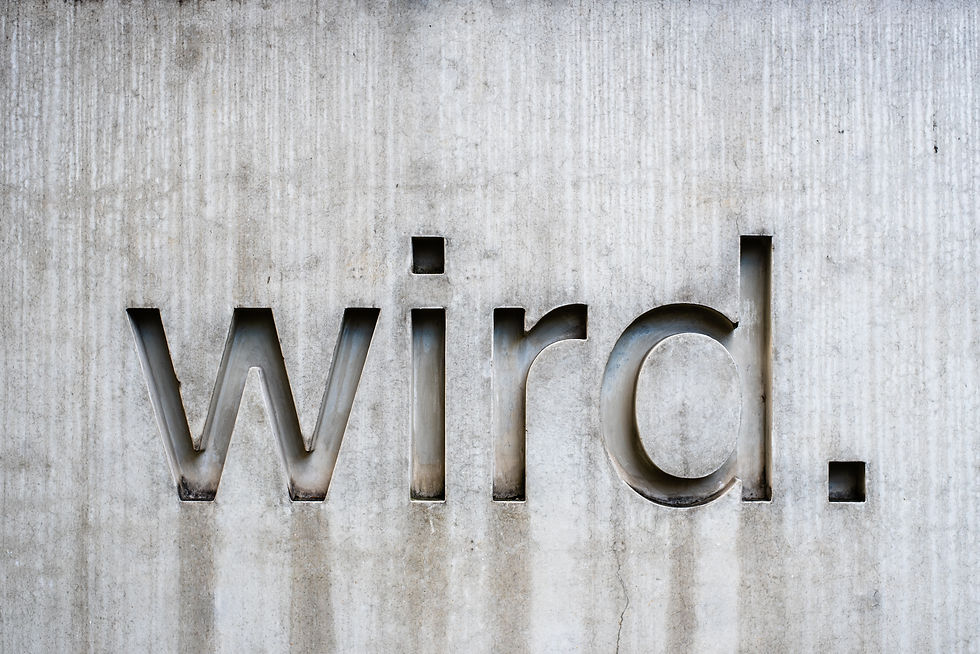Conflict
- Randy
- Apr 7, 2020
- 2 min read
Updated: Jun 1, 2020

You’ve probably heard that every story has to have conflict, which is absolutely true. But many writers, especially less-experienced ones, make the error of assuming that conflict has to be some sort of epic struggle between black-and-white conceptions of good and bad. And, of course, there’s nothing wrong with that style of conflict in a story! But conflict can be so much more varied and subtle than that.
Conflict can come in many forms and can exist within or between any characters. Internal conflict can be a rich way to drive a story, especially in a first-person narrative. External conflict needn’t focus on people who are on different “sides,” a la the Jedi vs. the Sith or Dumbledore’s Army vs. the Death Eaters. Even people who are both “good guys” (or bad guys!) can disagree or otherwise experience conflict.
So what should we keep in mind as we write?
Conflict could often be more clearly described as friction. There don’t even have to be multiple sides to a situation to generate conflict. Indecision or ignorance on the part of a character can be powerful story drivers without requiring opposite perspectives.
One of the most important parts of writing conflict well is ensuring the conflict flows naturally from the characters you’ve developed. We’ve all seen a movie or read a book where the baddie’s motives aren’t really any deeper than, well, because they’re the villain.
Conflict doesn’t need to be resolved quickly (or ever). And any resolution doesn’t need to be neat. Lingering doubts and untidy conversations are much more lifelike than wrapping up everyone’s feelings with a nice bow.
Conflict doesn’t always have to be high stakes to be compelling. Even scenarios as mundane as a group of friends not being able to agree on where to go for lunch can draw the reader in.
Have a roadmap of conflict for your story if you’re going to be sticking with your characters for more than a few pages. When is one conflict going to resolve and what will drive the narrative then? What’s the endgame for your characters’ conflict(s)?
Reflection exercise: What are some of your favorite fictional depictions of conflict? What elements help it stick with you? How could you adapt that success into your own writing?




Comments